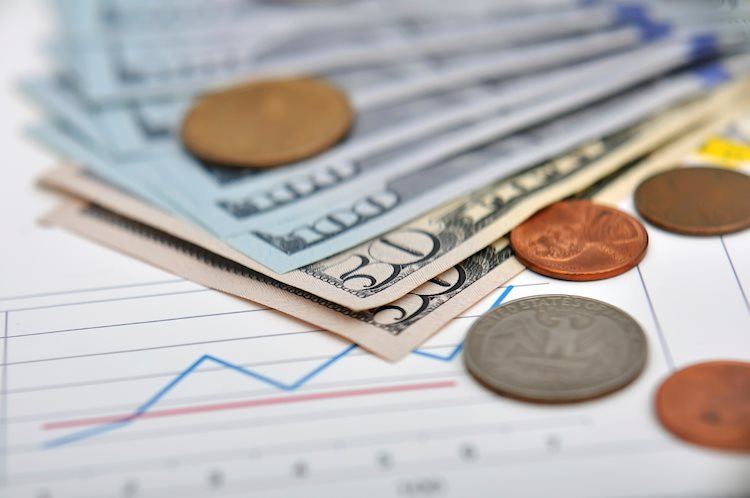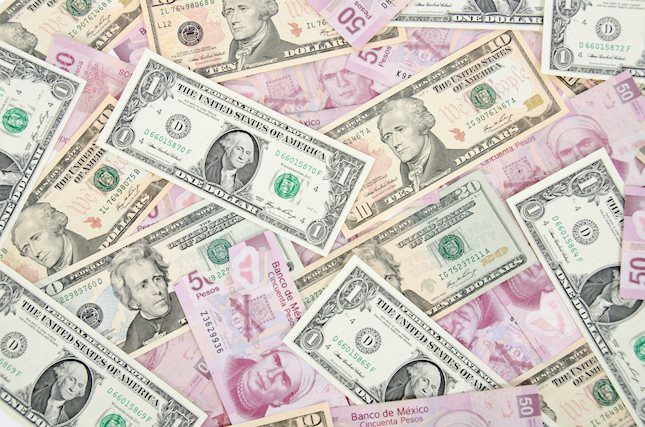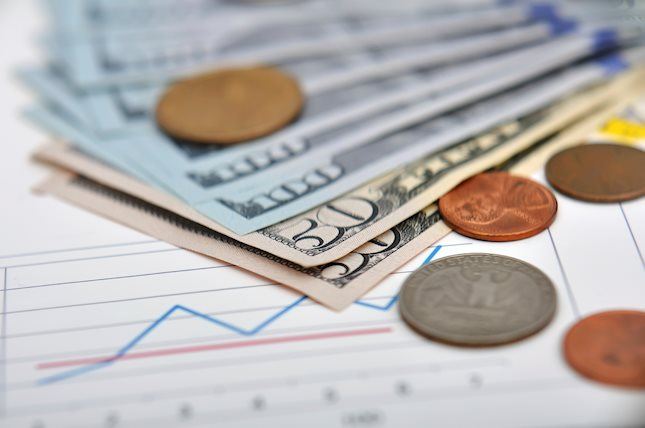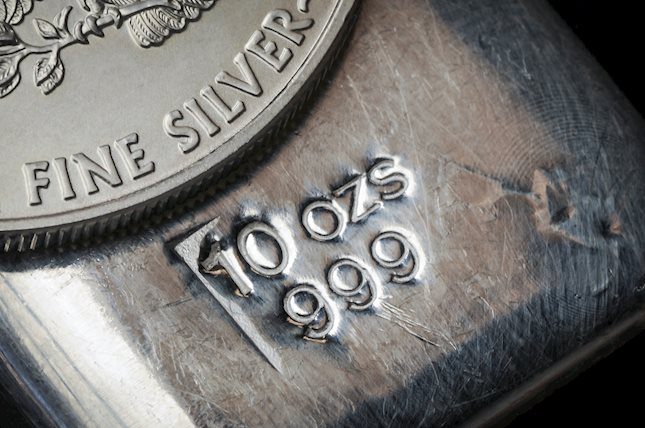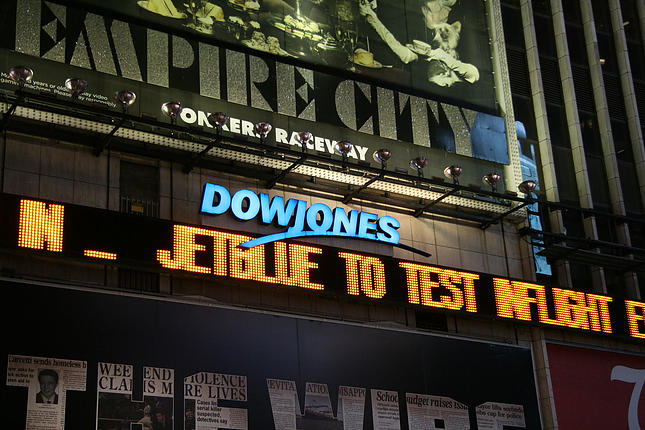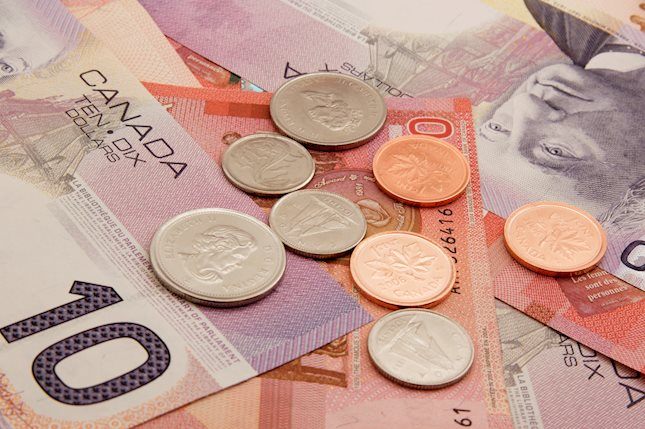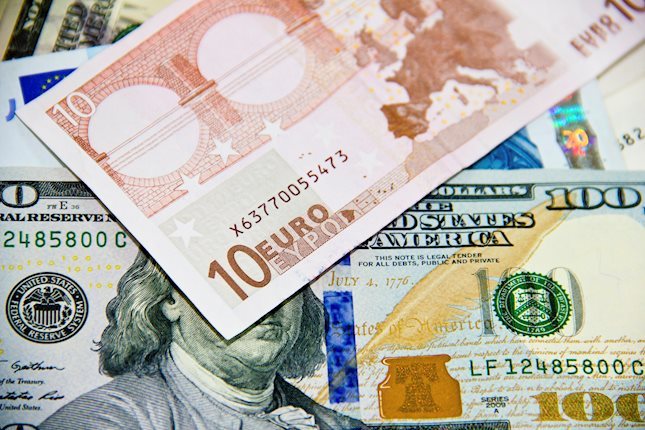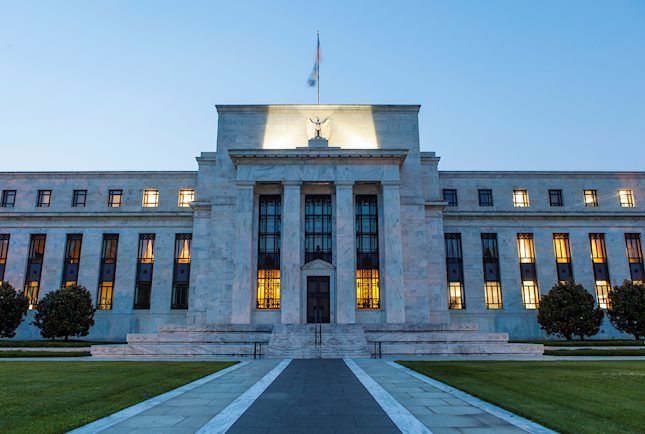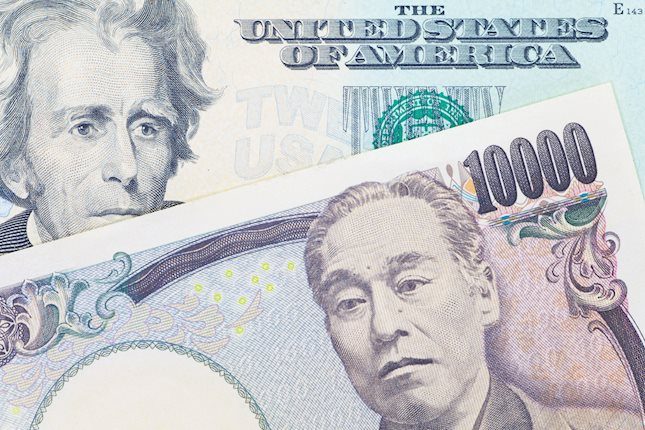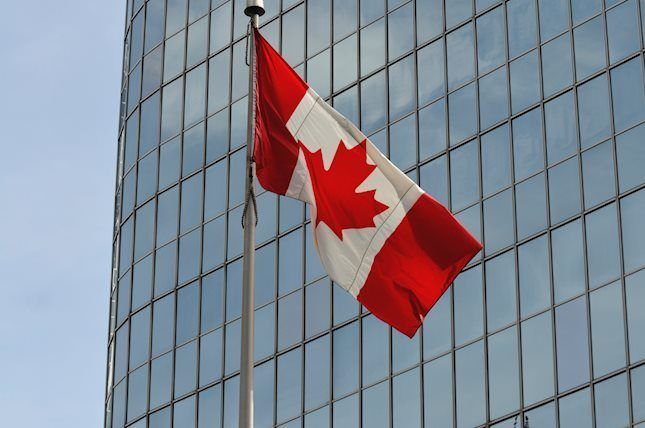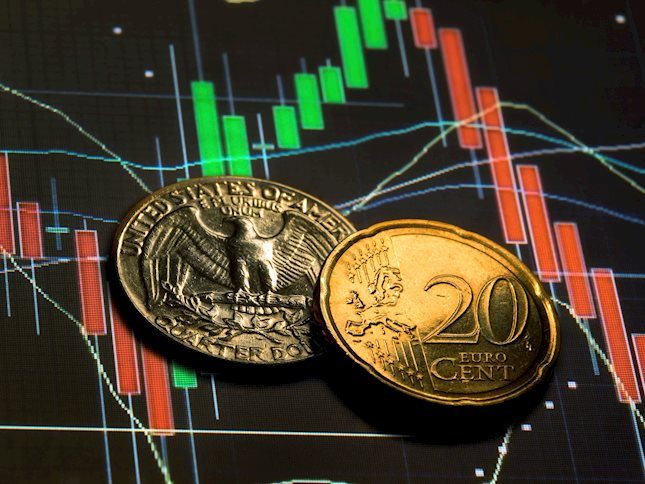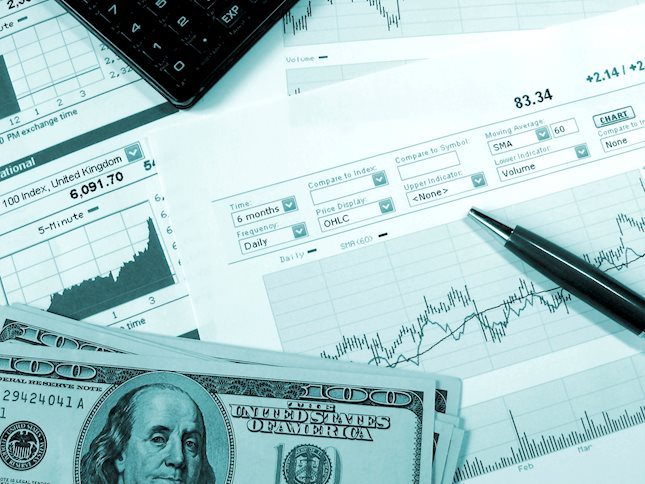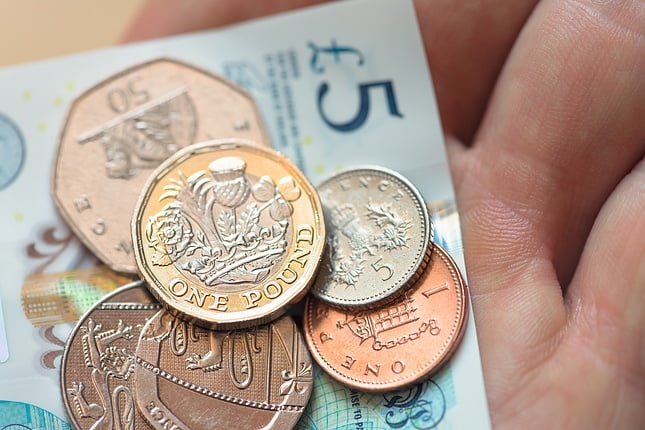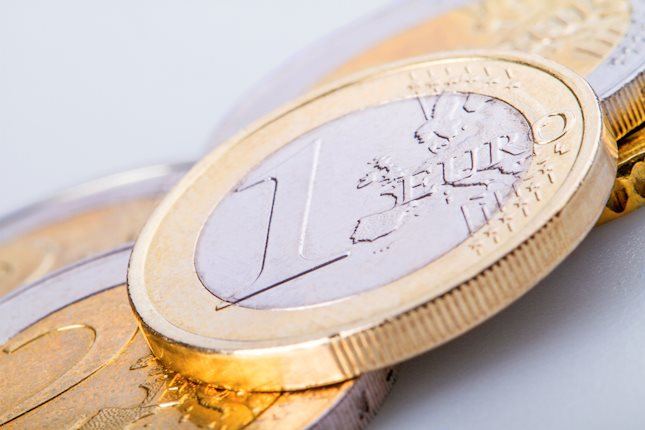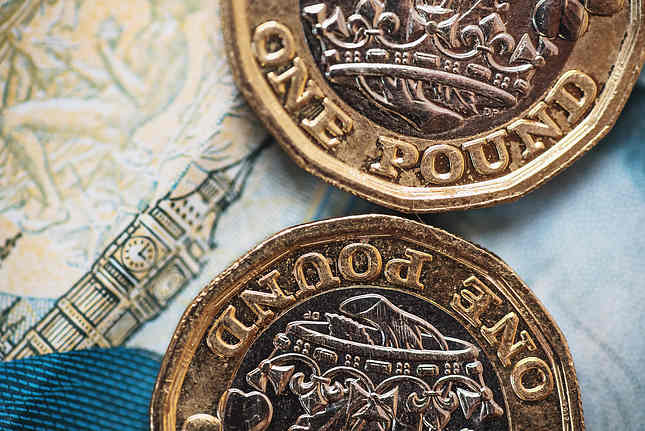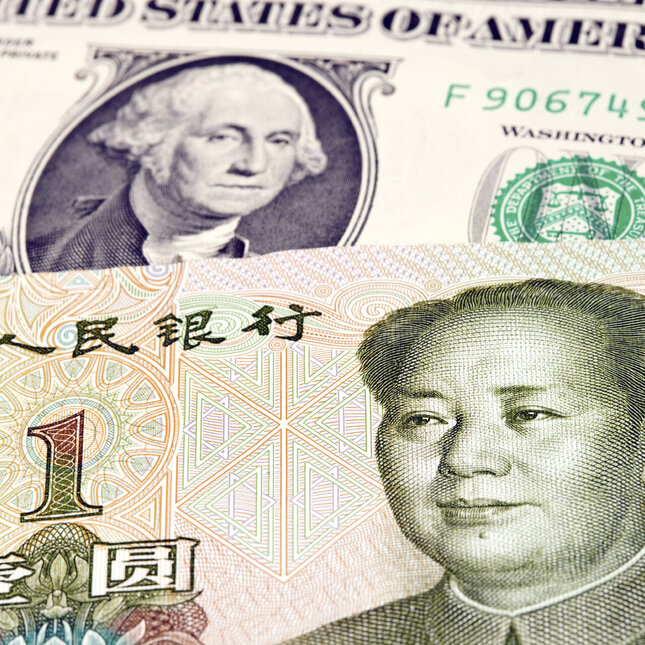US Dollar adds gains after NFPs figures
- December’s NFP report showed better results than expected.
- The Federal Reserve’s easing timeline faces fresh scrutiny after Unemployment Rate falls.
- Higher Treasury yields and lingering inflationary pressures reinforce the Greenback’s appeal across most major currency pairs.
The Dollar Index (DXY), which measures the value of the USD against a basket of currencies, rallies on renewed inflation concerns as the stronger than expected Nonfarm Payrolls (NFP) report pushes out the Federal Reserve’s (Fed) rate cut timeline, fueling US Dollar demand and driving the DXY closer to 110.00.
Daily digest market movers: US Dollar sees gains on a solid NFP report
- December Nonfarm Payrolls soared by 256,000, far exceeding the 160,000 forecast and reinforcing labor market resilience.
- Unemployment Rate dips to 4.1% from 4.2%, while wage inflation eased to 3.9% YoY, moderating Fed cut bets slightly.
- Bloomberg consensus initially stood at 165K for December’s job gains, though many analysts had warned of upside risks.
- Fed officials highlight diminished urgency for additional rate cuts, with concerns over major labor market slack now fading.
- Strong labor data helps the US Dollar retain its gains with the Fed likely to continue gradual cuts later in 2025 if inflation cools.
- Fed officials have shifted toward a more careful approach after December’s pivot.
- The strong employment metrics reduce the need for imminent easing, while fresh developments in growth, inflation and fiscal policy remain key variables. Markets increasingly price in no additional cuts in the near term, reinforcing US Dollar strength.
DXY technical outlook: Index hits November 2022 highs near 110.00
The US Dollar Index soared to fresh peaks not seen since November 2022 and is now approaching the 110.00 mark. Technical indicators are verging on overbought territory, suggesting a potential short-term pullback.
Nevertheless, the DXY’s solid break above prior resistance signals ongoing bullish momentum, supported by firm economic data and tempered Fed rate cut expectations. Any dip may find support near the 108.50–109.00 range.
Central banks FAQs
Central Banks have a key mandate which is making sure that there is price stability in a country or region. Economies are constantly facing inflation or deflation when prices for certain goods and services are fluctuating. Constant rising prices for the same goods means inflation, constant lowered prices for the same goods means deflation. It is the task of the central bank to keep the demand in line by tweaking its policy rate. For the biggest central banks like the US Federal Reserve (Fed), the European Central Bank (ECB) or the Bank of England (BoE), the mandate is to keep inflation close to 2%.
A central bank has one important tool at its disposal to get inflation higher or lower, and that is by tweaking its benchmark policy rate, commonly known as interest rate. On pre-communicated moments, the central bank will issue a statement with its policy rate and provide additional reasoning on why it is either remaining or changing (cutting or hiking) it. Local banks will adjust their savings and lending rates accordingly, which in turn will make it either harder or easier for people to earn on their savings or for companies to take out loans and make investments in their businesses. When the central bank hikes interest rates substantially, this is called monetary tightening. When it is cutting its benchmark rate, it is called monetary easing.
A central bank is often politically independent. Members of the central bank policy board are passing through a series of panels and hearings before being appointed to a policy board seat. Each member in that board often has a certain conviction on how the central bank should control inflation and the subsequent monetary policy. Members that want a very loose monetary policy, with low rates and cheap lending, to boost the economy substantially while being content to see inflation slightly above 2%, are called ‘doves’. Members that rather want to see higher rates to reward savings and want to keep a lit on inflation at all time are called ‘hawks’ and will not rest until inflation is at or just below 2%.
Normally, there is a chairman or president who leads each meeting, needs to create a consensus between the hawks or doves and has his or her final say when it would come down to a vote split to avoid a 50-50 tie on whether the current policy should be adjusted. The chairman will deliver speeches which often can be followed live, where the current monetary stance and outlook is being communicated. A central bank will try to push forward its monetary policy without triggering violent swings in rates, equities, or its currency. All members of the central bank will channel their stance toward the markets in advance of a policy meeting event. A few days before a policy meeting takes place until the new policy has been communicated, members are forbidden to talk publicly. This is called the blackout period.
Forex News
Keep up with the financial markets, know what's happening and what is affecting the markets with our latest market updates. Analyze market movers, trends and build your trading strategies accordingly.
